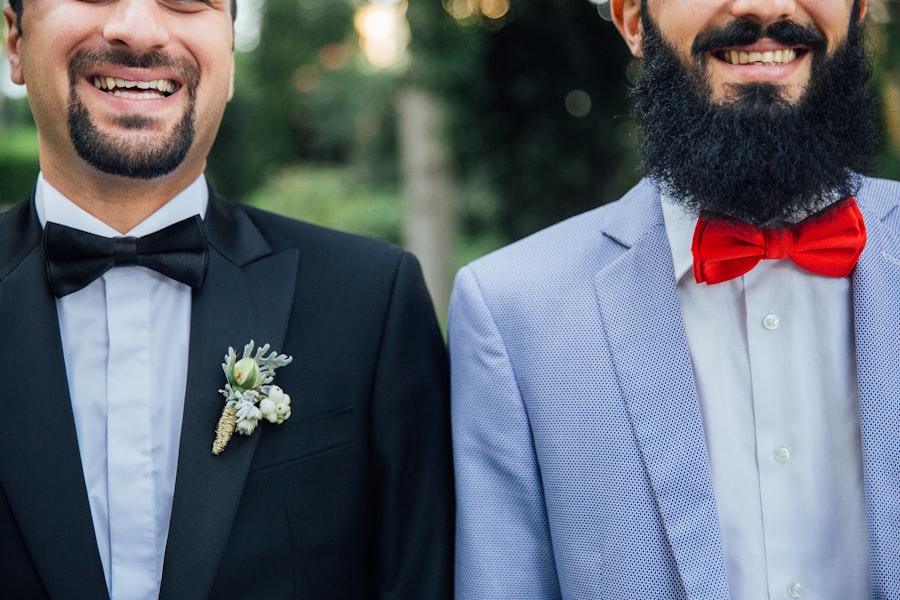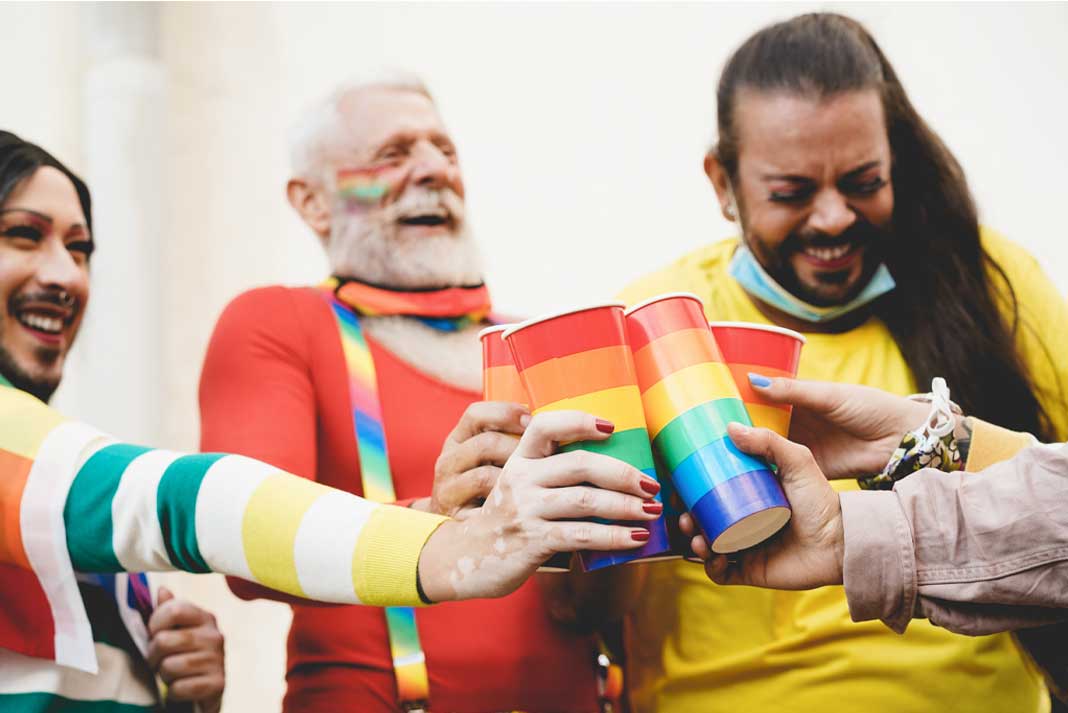In the realm of human sexuality, gay sexual practices encompass a diverse array of behaviors and expressions that are unique to individuals who identify as gay.
This community, rich in its variety, has developed its own set of norms, rituals, and practices that reflect both personal preferences and cultural influences. Understanding these practices is essential not only for those who identify as gay but also for allies and the broader society.
By fostering an environment of knowledge and acceptance, individuals can engage in healthier relationships and promote a culture of respect. The exploration of gay sexual practices is not merely about the physical acts themselves; it also involves understanding the emotional, psychological, and social dimensions that accompany these experiences. For many, engaging in sexual practices is a way to express love, intimacy, and connection with another person.
As society continues to evolve in its understanding of sexuality, it becomes increasingly important to recognize the validity and significance of gay sexual practices within the larger context of human relationships.
Key Takeaways
- Gay sexual practices encompass a wide range of activities and behaviors that are unique to the LGBTQ+ community.
- Understanding and respecting different types of gay sexual practices is essential for promoting inclusivity and diversity within the community.
- Communication and consent play a crucial role in fostering healthy and respectful gay intimacy.
- Safe sex practices, including the use of protection and regular testing, are important for maintaining sexual health within the gay community.
- Stigma and discrimination continue to impact gay sexual practices, highlighting the need for greater acceptance and understanding.
Understanding Different Types of Gay Sexual Practices
Gay sexual practices are as varied as the individuals who engage in them. They can range from casual encounters to long-term committed relationships, each with its own set of dynamics and expectations. Some common practices include oral sex, anal intercourse, mutual masturbation, and various forms of kink and BDSM.
Each practice carries its own set of techniques, preferences, and emotional implications, making it crucial for individuals to communicate openly with their partners about their desires and boundaries. Moreover, the diversity within gay sexual practices is influenced by factors such as age, cultural background, and personal experiences. For instance, younger individuals may be more inclined to explore casual encounters facilitated by dating apps, while older generations might prioritize emotional connection and stability in their sexual relationships.
Understanding these nuances allows for a more comprehensive view of gay sexuality, highlighting the importance of individual choice and agency in sexual expression.
Exploring the Role of Communication and Consent in Gay Intimacy

Communication is a cornerstone of any intimate relationship, but it takes on an even more critical role within gay intimacy. Open dialogue about desires, boundaries, and consent is essential for fostering a safe and enjoyable sexual experience. Partners must feel comfortable discussing their preferences and any potential concerns they may have.
This level of transparency not only enhances the sexual experience but also builds trust between partners. Consent is another vital aspect of gay sexual practices that cannot be overlooked. It is imperative that all parties involved give enthusiastic consent before engaging in any sexual activity.
This means that consent should be clear, informed, and ongoing throughout the encounter. In a world where societal norms often dictate how relationships should function, prioritizing communication and consent empowers individuals to take control of their own sexual experiences while respecting their partner’s autonomy.
Discussing Safe Sex Practices within the Gay Community
The importance of safe sex practices within the gay community cannot be overstated. With the history of HIV/AIDS profoundly impacting this community, awareness around safe sex has become a critical aspect of gay sexual health. Utilizing protection such as condoms during anal or oral sex significantly reduces the risk of transmitting sexually transmitted infections (STIs), including HIV.
Regular testing for STIs is also encouraged to ensure that individuals are aware of their health status and can take appropriate measures to protect themselves and their partners. In addition to physical protection, safe sex practices also encompass emotional safety. This includes being aware of one’s own mental health and recognizing when a relationship may not be healthy or consensual.
Engaging in open discussions about sexual health with partners can help create a culture where safe practices are normalized and prioritized. By fostering an environment where individuals feel empowered to discuss their health openly, the gay community can work towards reducing stigma surrounding STIs and promote overall well-being.
Addressing Stigma and Discrimination in Gay Sexual Practices
Stigma and discrimination remain significant barriers within the gay community when it comes to sexual practices. Many individuals face societal judgment based on their sexual orientation or the specific practices they engage in. This stigma can lead to feelings of shame or inadequacy, which may hinder individuals from fully embracing their sexuality or seeking necessary health care services.
It is crucial to challenge these societal norms and create a more inclusive environment where all sexual expressions are respected. Education plays a vital role in combating stigma. By providing accurate information about gay sexual practices and promoting understanding among the broader population, society can begin to dismantle harmful stereotypes.
Allies can also play an essential role by advocating for LGBTQ+ rights and supporting initiatives that promote acceptance and understanding. By addressing stigma head-on, individuals can foster a culture that celebrates diversity rather than one that marginalizes it.
Exploring the Intersection of Gender and Gay Sexual Practices

The intersection of gender identity and gay sexual practices adds another layer of complexity to the conversation surrounding sexuality. Within the gay community, there exists a rich tapestry of gender expressions that influence how individuals engage in sexual practices. For example, some may identify as masculine or feminine while others may embrace non-binary or gender-fluid identities.
These identities can shape preferences in partners and influence dynamics within relationships. Understanding this intersectionality is crucial for fostering inclusivity within the gay community. It encourages individuals to explore their own identities while respecting the identities of others.
By recognizing that gender expression can vary widely among individuals who identify as gay, society can work towards creating spaces where everyone feels validated in their experiences. This acknowledgment not only enriches personal relationships but also contributes to a broader understanding of human sexuality.
Understanding the Impact of Culture and Religion on Gay Intimacy
Culture and religion play significant roles in shaping attitudes toward gay intimacy and sexual practices. In many cultures, traditional beliefs about sexuality may conflict with modern understandings of LGBTQ+ identities. This tension can create challenges for individuals who wish to embrace their sexuality while remaining connected to their cultural or religious communities.
Navigating these complexities requires sensitivity and understanding from both individuals and their communities. For some, reconciling their sexual identity with cultural or religious beliefs may involve seeking out affirming spaces or communities that celebrate diversity. Others may find themselves at odds with their upbringing, leading to feelings of isolation or conflict.
By fostering dialogue around culture, religion, and sexuality, communities can work towards creating inclusive environments that honor both individual identities and collective beliefs.
Embracing Diversity and Respect in Gay Sexual Practices
In conclusion, understanding gay sexual practices requires an appreciation for the diversity that exists within this community. By exploring various aspects such as communication, consent, safe sex practices, stigma, gender identity, culture, and religion, individuals can gain a more nuanced understanding of what it means to engage in intimate relationships as a member of the LGBTQ+ community. Embracing this diversity not only enriches personal experiences but also fosters a culture of respect and acceptance.
As society continues to evolve in its understanding of sexuality, it is imperative that all individuals—regardless of their sexual orientation—are afforded the dignity and respect they deserve. By promoting education, open dialogue, and inclusivity, we can work towards dismantling barriers that hinder understanding and acceptance within the realm of gay sexual practices. Ultimately, embracing diversity allows for a richer tapestry of human experience where love and intimacy can flourish without fear or judgment.
FAQs
What is the definition of gay sex?
Gay sex refers to sexual activity between individuals of the same gender, typically involving physical intimacy and sexual stimulation.
What are the different ways that gay people have sex?
Gay people have sex in a variety of ways, including oral sex, anal sex, mutual masturbation, and other forms of sexual activity that do not necessarily involve penetration.
Is it safe for gay people to have sex?
Just like any sexual activity, safe sex practices are important for gay individuals to protect themselves and their partners from sexually transmitted infections (STIs) and HIV. This includes using condoms and other barrier methods, regular testing, and open communication with partners about sexual health.
Can gay people have children through sex?
Gay people can have children through various means, such as adoption, surrogacy, or co-parenting arrangements. However, biologically, same-sex couples cannot conceive a child through sexual intercourse without the involvement of a third party, such as a sperm donor or surrogate.
Are there specific health considerations for gay people engaging in sex?
Gay individuals may have specific health considerations related to sexual activity, including higher rates of certain STIs such as HIV and anal cancer. It is important for gay individuals to have open and honest discussions with healthcare providers about their sexual health and to receive appropriate screenings and vaccinations.


